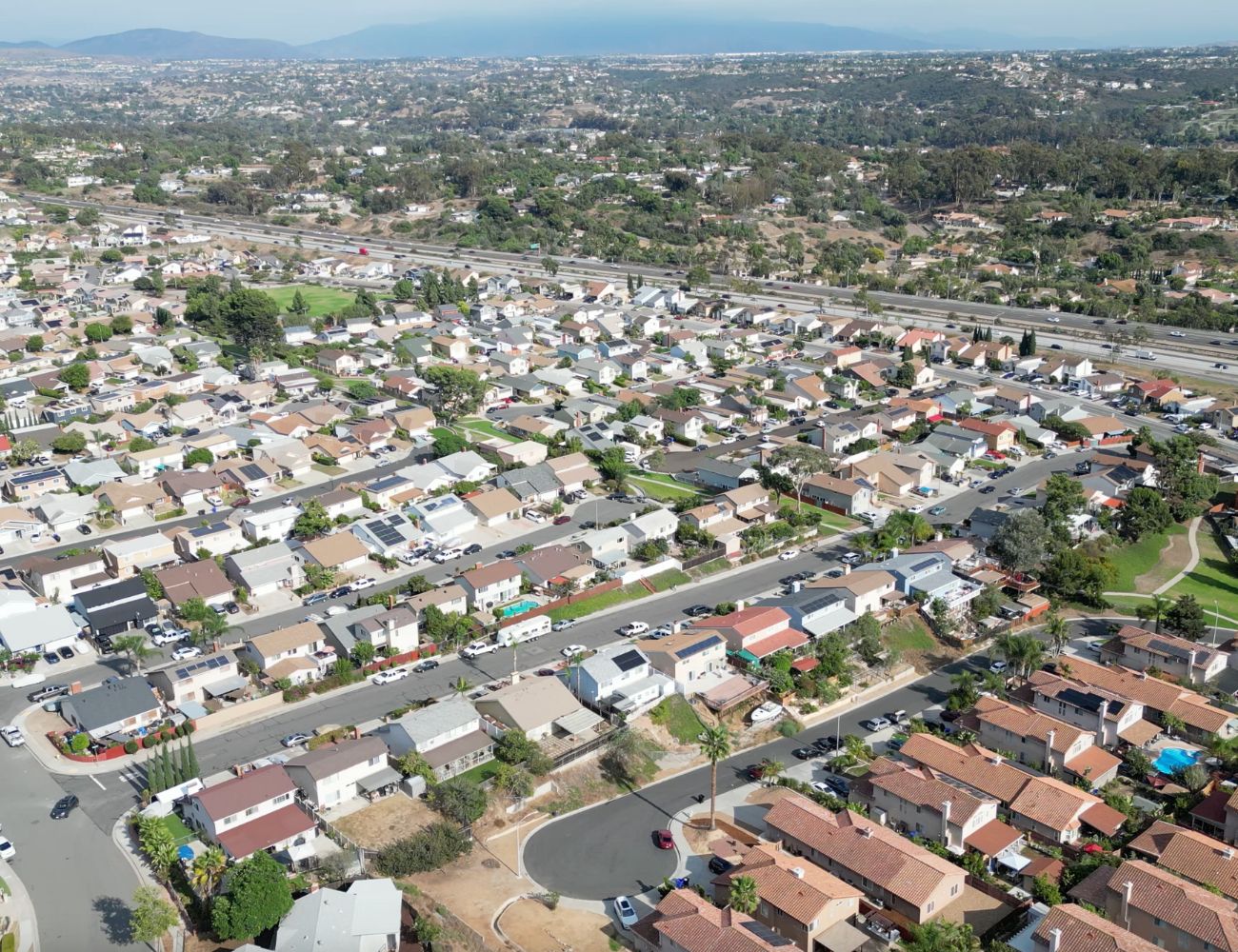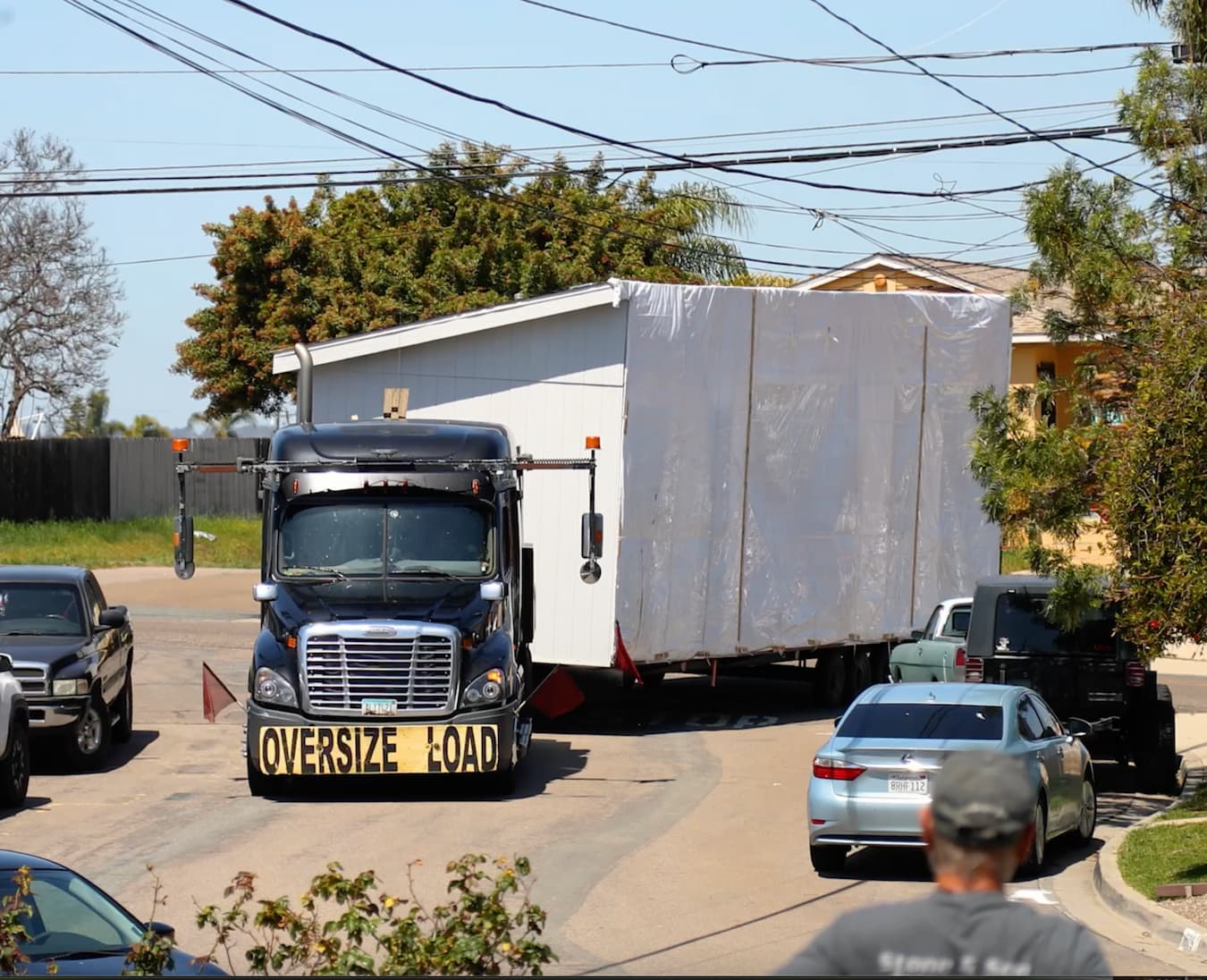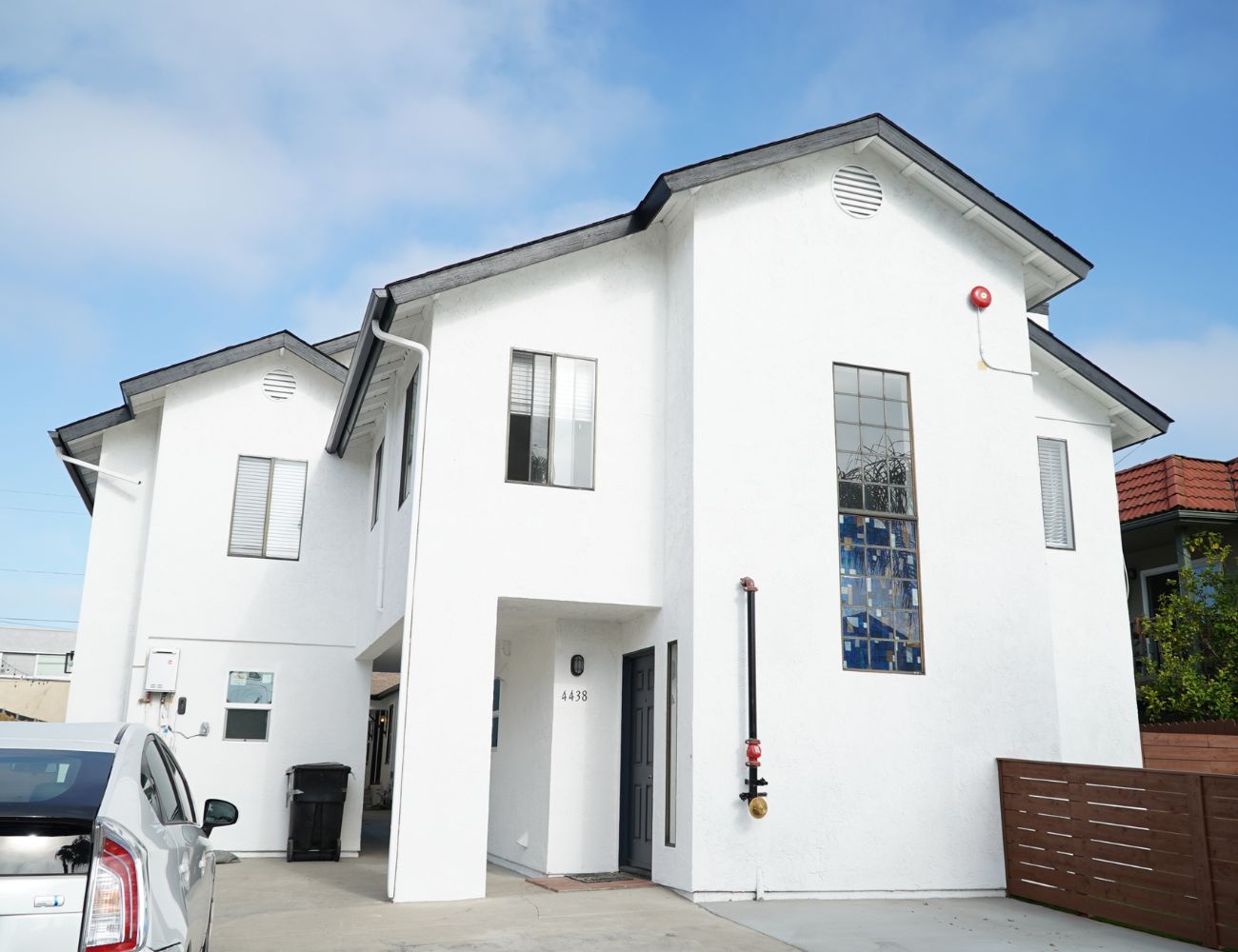Related blogs
Still curious? Explore these additional resources to help you plan, design, and build smarter.
Accessory Dwelling Units (ADUs) are no longer a niche housing solution—they’re a central piece of San Diego County’s housing strategy. With state reforms, market demand, and innovative construction methods, 2025 will shape how ADUs influence affordability, community design, and long-term housing growth. Here are the key trends to watch.

According to Zillow’s latest forecast, U.S. home prices will rise by about 1.2% between August 2025 and August 2026. But in high-cost markets like San Diego, affordability remains a pressing issue. With median prices far above national averages, ADUs give homeowners a way to generate rental income or create affordable living space for family.
San Diego County issued more permits for ADUs than single-family homes in 2023—1,348 ADUs compared to 1,225 single-family units (GlobeSt). This shift underscores how ADUs are becoming the go-to strategy for adding housing supply locally.
Several important state bills are setting the stage for the future:
For San Diego, this means ADUs could evolve from simply “rental units” into true wealth-building real estate assets.

Prefab and modular ADUs are growing rapidly in San Diego. They reduce construction time, minimize waste, and integrate sustainable features like solar panels and efficient insulation. With environmental goals front and center, prefab ADUs will likely become the most cost-effective path forward for many homeowners.

Critics note that many ADUs are still too costly for lower-income households (CBS8). However, deed-restricted ADUs, rent-controlled programs, and the possibility of selling ADUs separately—a concept currently under discussion in San Diego (KPBS)—could expand affordability options. Balancing investment potential with accessible housing will be a defining challenge.

For homeowners, ADUs remain a proven way to build wealth. A secondary unit can increase a property’s resale value by 25–35% (Waymaker CA) and provide steady rental income. For multigenerational families, ADUs also offer flexibility—housing adult children, aging parents, or caregivers while maintaining independence.
San Diego’s ADU future is shaped by rising costs, strong rental demand, and a regulatory environment that largely favors “gentle density.” While local resistance exists, the overall trajectory points toward more ADUs across the county. Homeowners who act early—leveraging pre-approved plans, prefab construction, and affordability incentives—stand to benefit the most.
.webp)